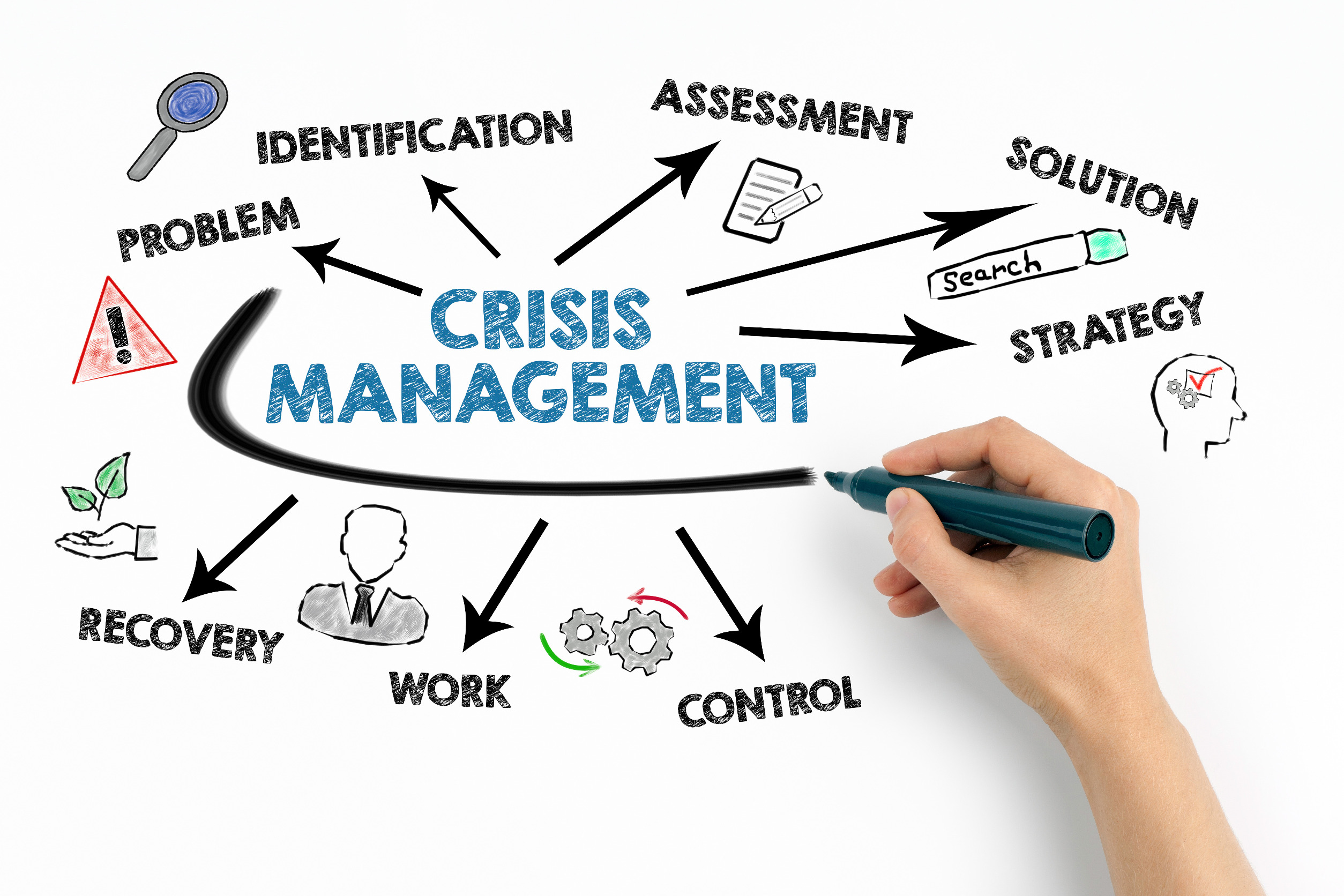If all your conversations at work are safe, you aren’t doing your job. As change practitioners, we can only contribute so much to success when we stick with the known. Today’s changes are breaking new ground, and we need to be prepared to do the same.
In his article Can We Talk? How to Have the Conversations that Lead to Change (Forbes), Kevin Murphy states that we need to engage in conversations that address the “unknown, untried, and untrue.” This means that it is critical for us to talk outside of our own—and others—comfort zone. In order to achieve this, he introduces the concept of “center and edge conversations.” Center conversations are the ones most of us try to engage in all of the time. Everybody knows what is going on, what to expect, what they will likely hear, and what to (and not to) say.
Edge conversations move into uncharted territory; they can be risky. But, edge conversations can be made safer by naming them. For example, We need to look at this in new ways; we need to push the edge on our conversation and our exploration of this challenge. By teaching people the difference between center and edge conversations, and by legitimizing the latter when you enter into them, previously unimaginable breakthroughs can occur.

Brian Gorman is the Managing Editor of Change Management Review™. In this capacity he regularly curates articles of importance to our readership; contributes original writing; hosts podcasts; and works with guest authors.
For more than five decades Brian has been engaged in—and a student of—change at the personal, organizational, and societal levels. During this time, he has worked with both individuals and organizations (ranging from solo practitioners to Fortune 100 businesses), guiding them through a wide array of challenges. Decades of experience have given him a deep appreciation of the universal patterns that underlie successfully navigating even the most difficult changes.
In addition to his work as our Managing Editor, Brian is a transformation coach, supporting both individual and organizational change. Brian is committed to passing his “lessons learned” on to others, so that their change journeys can advance more smoothly. He is a frequent workshop facilitator and public speaker. Brian is the author of “The Hero and the Sherpa,” a chapter in the online Handbook of Personal and Organizational Transformation (Springer Publishing; Judi Neal, Editor). He also has an extensive library of blog posts, articles, and videos on the change journey, including “The Ten Most Important Lessons I Have Learned Over 50 Years of Engaging Change.”
Mr. Gorman’s formal education includes a BA in Cultural Anthropology from Syracuse University, an MA in Higher Education Administration from the University of Texas, San Antonio and an MA in Human Relations from the University of Oklahoma.
Brian is an International Coach Federation (ICF) certified coach, and is an active member in the New York City chapter. Brian is also a member of the Forbes Coaches Council and the Gay Coaches Alliance.

























